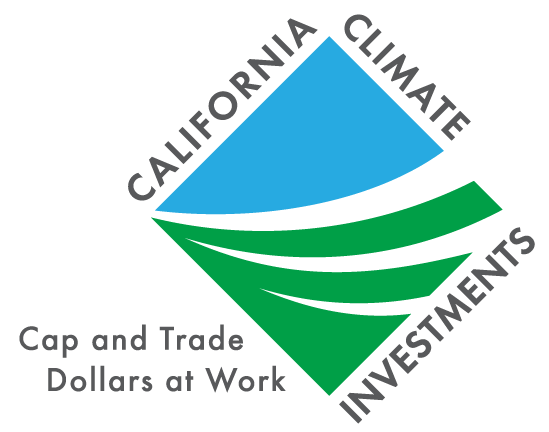Community Wildfire Protection Plan

The Glenn County Community Wildfire Protection Plan (CWPP) was developed as a means of describing current fire related conditions within Glenn County, identifying public and private assets at risk from wildfire, and assessing currently in-place infrastructure developed in order to protect those assets.
The development of the CWPP relied on vast information, talents and knowledge provided by landowners, land managers, and multiple local, state and federal agencies.
Funding for the original 2011 CWPP was made possible through the California Fire Safe Council Grants Clearinghouse from the Bureau of Land Management.
Funding for the 2023 CWPP Update or revision was made possible through the California Department of Forestry and Fire Protection (CAL FIRE) California Climate Investments Fire Prevention Grants Program, and California Fire Safe Council. See below for full funder recognition.
2023 Glenn County CWPP Update
To download 2023 Glenn County CWPP Update "Draft" (PDF version), click on the following link:
2023 Glenn County CWPP UpdateTo download individual 11″ x 17″ 2023 Glenn County CWPP Update Maps only, click on the following links:
Map A - Wildland Urban InterfaceMap B - Fire ThreatMap C - Project Area OverviewMap D - USGS 7.5 Minute QuadranglesMap E - Planning UnitsMap F - Fire HistoryMap G - Western Glenn County Planning Units (Western MNF).pdfMap H - Western Glenn County Planning Units (Eastern).pdfMap I - Stony Creek Riparian Corridor Planning UnitMap J - Sacramento National Wildlife Refuge Planning UnitMap K - Sacramento River Corridor Planning UnitExhibit - Fire Protection Districts (DRAFT)
2011 Glenn County CWPP (original)
To download, click on the following link:
2011 Glenn County CWPP (original)


Funding for these projects provided by the California Department of Forestry and Fire Protection as part of the California Climate Investments Program.
The Glenn County Community Wildfire Protection Plan Update for Community Protection Project is part of California Climate Investments, a statewide program that puts billions of Cap-And-Trade Dollars to work reducing GHG emissions, strengthening the economy, and improving public health and the environment-particularly in disadvantaged communities. The Cap-and-Trade program also creates a financial incentive for industries to invest in clean technologies and develop innovative ways to reduce pollution. California Climate Investments projects include affordable housing, renewable energy, public transportation, zero-emission vehicles, environmental restoration, more sustainable agriculture, recycling, and much more. At least 35 percent of these investments are located within and benefiting residents of disadvantaged communities, low-income communities, and low-income households across California. For more CCI information visit: www.caclimateinvestments.ca.gov.
The Glenn County Community Wildfire Protection Plan Update for Community Protection Project is part of California Climate Investments, a statewide program that puts billions of Cap-And-Trade Dollars to work reducing GHG emissions, strengthening the economy, and improving public health and the environment-particularly in disadvantaged communities. The Cap-and-Trade program also creates a financial incentive for industries to invest in clean technologies and develop innovative ways to reduce pollution. California Climate Investments projects include affordable housing, renewable energy, public transportation, zero-emission vehicles, environmental restoration, more sustainable agriculture, recycling, and much more. At least 35 percent of these investments are located within and benefiting residents of disadvantaged communities, low-income communities, and low-income households across California. For more CCI information visit: www.caclimateinvestments.ca.gov.

Funding also provided by a grant from the Cooperative Fire Program of the U.S. Forest Service, Department of Agriculture, Pacific Southwest Region, through California Fire Safe Council.
The views and conclusions contained in this document are those of the authors and should not be interpreted as representing the opinions of policies of California Fire Safe Council, the U.S. Forest Service or the U.S. Government. Mention of trade names or commercial products does not constitute their endorsement by California Fire Safe Council, the U.S. Forest Service or the U.S. Government.
